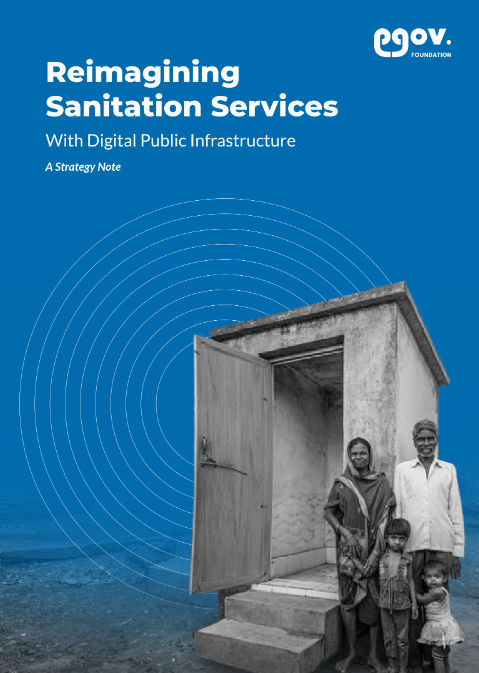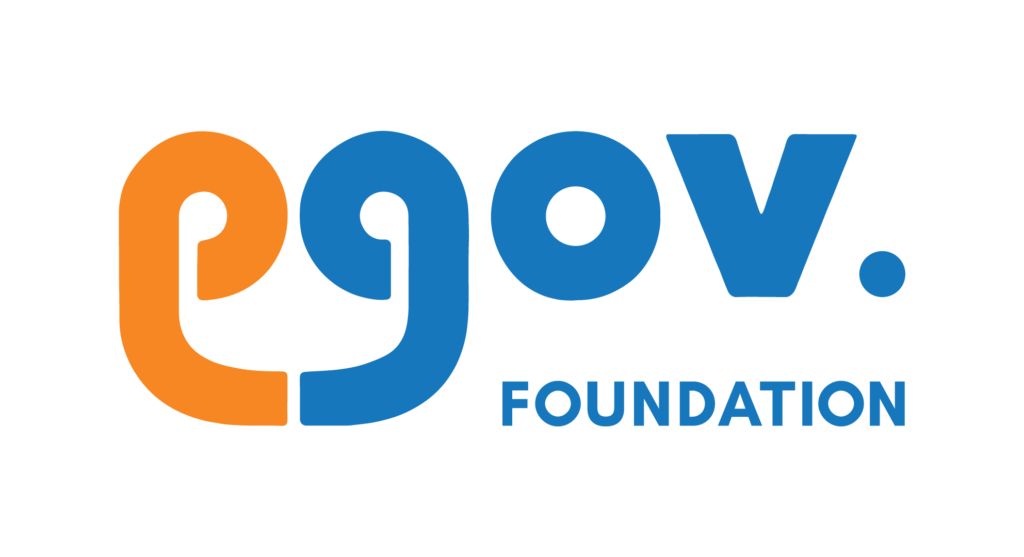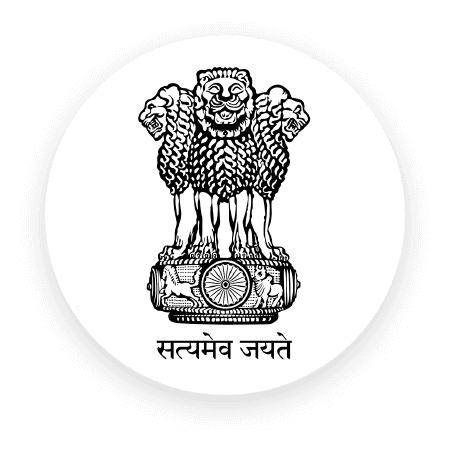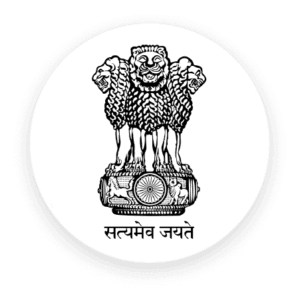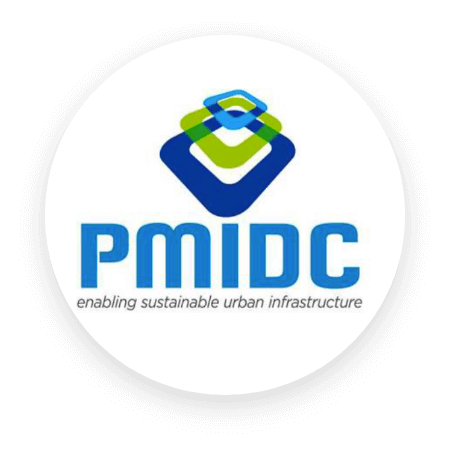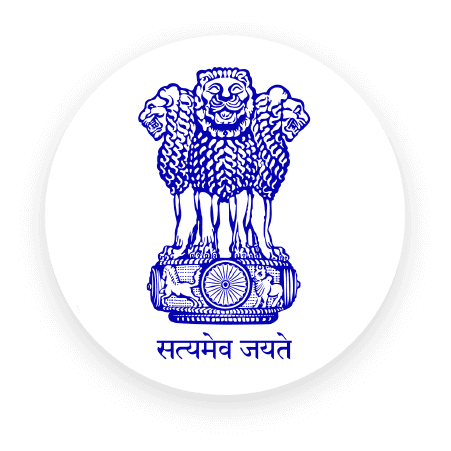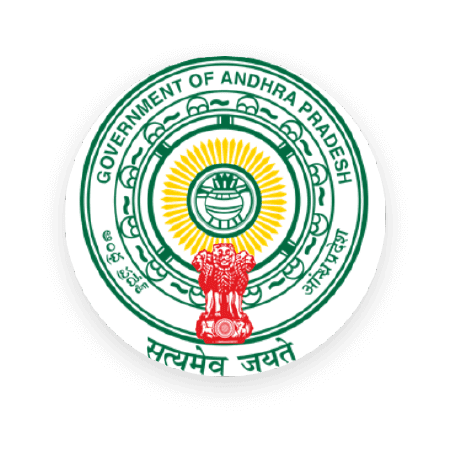Research Paper
Strategy and Approach to Public Finance Management
Abstract
To meet international sanitation commitments (like Sustainable Development Goals), recover economic losses due to inadequate sanitation (USD 105 billion or ₹8.7 lakh crores in 2015, amounting to 5.2% of the country’s GDP then)1 and to make decisive progress in sanitation, the Government of India (GOI) has launched many important sanitation programs and policies including the Atal Mission for Rejuvenation and
Urban Transformation (AMRUT), the Jal Jeevan Mission (JJM), the National Mission for Clean Ganga (NMCG), the Solid Waste Management (SWM) Rules, the Liquid Waste Management (LWM) Rules, the Plastic Waste Management (PWM) Rules, etc.
The rights and interests of those who work in sanitation have also gained attention in the last few years, and the comprehensive and well-resourced NAMASTE (National Action for Mechanised Sanitation Ecosystem) scheme for sanitation worker well-being and the Emergency Response Sanitation Unit (ERSU) guidelines for working in hazardous environments have also been released.
India’s sanitation sector is at an inflection point with International commitments, National intent and State mandates driving a step-change in service delivery outcomes. But sanitation remains a complex problem to solve — the domain is marked by rapid changes in the problem space, multi-actor involvement, and a lack of reliable data and transparency within various waste streams or in their management. Sanitation needs and challenges vary based on a number of factors, including geography, level of urbanization and industrialisation, socio-economic context etc.; while some common trends can be observed, effective service delivery still requires empowerment of field workers through adaptation of solutions to local needs.
